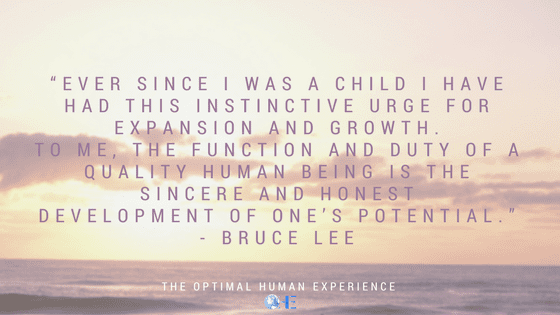
How to Develop Yourself
We all have the ability to become more than we were yesterday.…

What are your constraints?
The purpose of the Dillon Group, Inc. is to develop leaders within…

You Are Capable
Think of all the complex tasks you do everyday. Driving cars,…

What is a High Performance Home?
What is a high performance home? It is a home built in a way…
 https://thedillongroupinc.com/wp-content/uploads/2019/12/Dillon-logo-Red_Fin.png
0
0
Cameron Brooks
https://thedillongroupinc.com/wp-content/uploads/2019/12/Dillon-logo-Red_Fin.png
Cameron Brooks2015-04-09 16:47:252021-11-17 09:30:13The Building Envelope
https://thedillongroupinc.com/wp-content/uploads/2019/12/Dillon-logo-Red_Fin.png
0
0
Cameron Brooks
https://thedillongroupinc.com/wp-content/uploads/2019/12/Dillon-logo-Red_Fin.png
Cameron Brooks2015-04-09 16:47:252021-11-17 09:30:13The Building Envelope